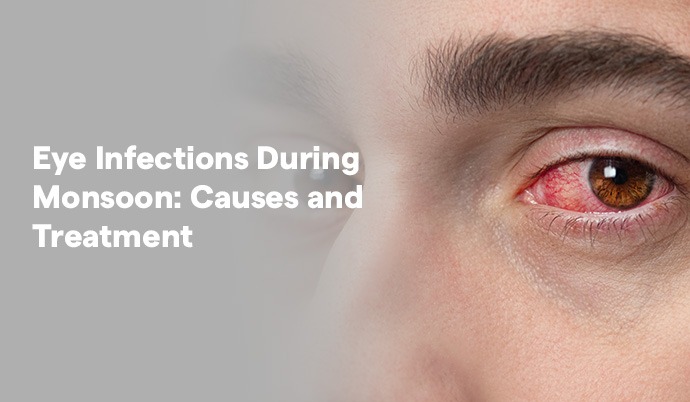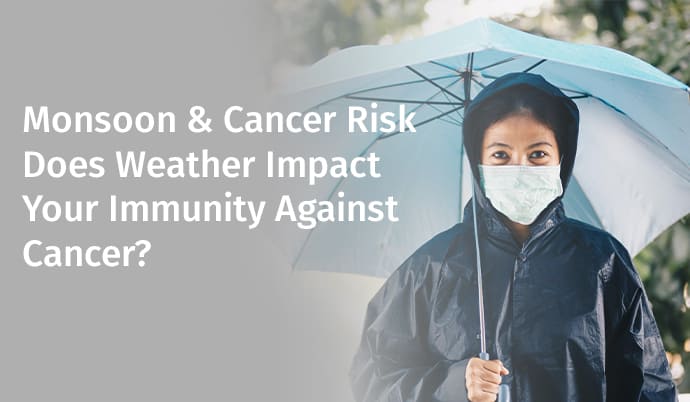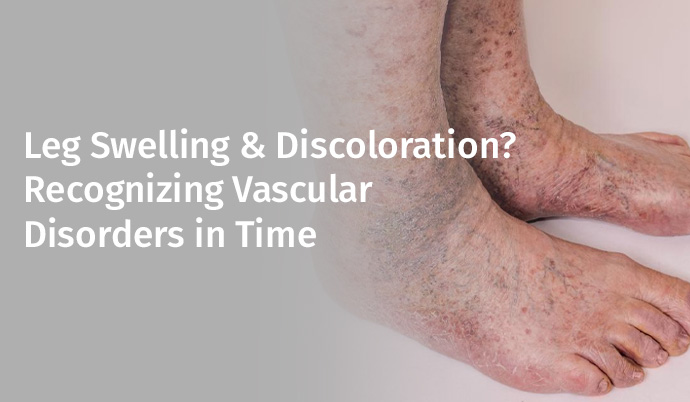
A recent statistical report states that during the rainy season, there is a 20-25% increase in eye infections as the humidity goes very high and there is stagnant water, which leads to a greater exposure to airborne bacteria and viruses. This has also been established by a 2022 report by the All India Ophthalmological Society (AIOS), which said that even conjunctivitis cases are increased by 2X during monsoons in cities such as Delhi, Mumbai, and Bengaluru.
Therefore, when your eyes become itchy and red after this stroll in the rain, it is probably due to the bacterial infection on your cornea. Now, it is time to get into the rainy story about why the rain is so bad for your eyes when there is a downpour, and ways to save your eyes when nature decides to become crazy.
Why do Eye Infections happen during Monsoon?
During the rainy season, microorganisms celebrate it like a festival. That much moisture and heat produce a favourable environment in which these bacteria, viruses and fungi thrive. During the peak monsoon season, when everyone is in the same spot on the public transport, and the impulsion to rub the eyes with slightly not previously washed hands, leads to severe eye infections flourishing. This is what is brewing with those clouds:
1. Humidity Havoc
During monsoon, air moisture is thick, and this facilitates the growth of microbes. Even handles of the doors or towels are good enough to deposit these bacteria and germs on your eyes, hence one should be cautious.
2. Waterborne Pathogens
Rainwater is not mineral water; it can be polluted, contain sewage and bacteria, particularly when it is draining in urban areas. When your eyes are exposed to fewer or even a single droplet of it in an area like riding a bike or wading through a waterlogged condition, it can lead to infections.
3. Airborne Allergens
Dust mites, pollen and mould are all prevalent during the monsoons and cause allergic conjunctivitis, a red, white, itchy eye, and one that feels like sand in it.
4. Shabby Hygiene in Overloaded Places
Monsoons also cause people to scramble together, like in a bus, and share office gear. This intimacy increases the spread of contagious conditions of the eyes, particularly viral. (such as conjunctivitis)
Monsoon Common Eye Infections
Specialists from the best ophthalmology hospital in Delhi firmly point out the fact that there are the typical offenders that could be hiding behind that harmless eye rub.
1. Pink eye (Conjunctivitis)
Symptoms: Red, the feeling of itchiness, watery discharge, and sticky eyes upon waking.
Type: Viral, bacterial.
Transmission: It is transmitted easily and spreads fast in schools and offices.
Treatment:
Do not touch or rub your eyes. And yes, we can put our kajal on hold till the time you are feeling better.
2. Stye (Eye Boil / Hordeolum)
Symptoms: Severe painful red lesion on the eyelid, swelling and tenderness.
Pathomechanism: Bacterial infection.
Treatment:
3. No More Soaking Eyes (Not Even when it Rains!)
Symptoms: Gritty, burning, eye tiredness.
Cause: Ironically, as it happens that dry eyes can be caused by spending more time on the screen or going out and getting exposed to pollutants.
Treatment:
4. Fungal Eye Infections (Fungal Keratitis)
Symptoms: Redness, blurred vision, eye pain, discharge.
Risk Group: Individuals in the countryside, farmers or anyone who experiences organic content and muddy water.
Treatment:
5. Corneal Ulcers
Symptoms: Pain in severe form, redness, discharge, blurred vision, and photophobia.
Cause: Traumatic infections or infected contact lenses.
Treatment:
How to Avoid Eye Infection in the Monsoon?
Even a small amount of discipline can leave your eyes sparkling and beautiful like the raindrops on the windowpane.
1. CLEAN those hands & keep your hands clean
This is a no-brainer, and yet it is pushed aside by criminal negligence. Take a sanitiser. Wash your hands before putting on makeup or taking off makeup, or lenses.
2. Do not share Towels and Cosmetics
Yes, as it is your best friend forever. Except that, viral conjunctivitis travels faster than gossip.
3. Clean, Dry Napkins to the Eye
Take a clean handkerchief (of cotton) with you always. Tissues are terrific. Do not brush the eyes with your dupatta, a sleeve, or the closest rag.
4. Shield the Eyes in the Outdoors
Wear sunglasses or a transparent shield when on a two-wheeler or when it is raining heavily. It will guard against the direct raindrops and pollution.
5. Never wear contact lenses on a rainy day
The bacteria can be contained in rainwater between your lens and cornea. Wear glasses on rainy days. And wash thy lenses carefully.
6. Don’t Self-Medicate
That spare eye drop of 2022? Never use it. You should never pop any drops without first consulting an ophthalmologist. Certain steroids are apt to aggravate infections.
Home Remedies: The Good, Bad and the Misused
Cool Compress
Relieves irritated red eyes. Put ice cubes into a clean cloth; do not put them directly into the eyelid.
Hot Compress
Promotes drainage. Clean cotton pads should be used in warm water.
When should a Doctor be visited immediately?
Why do the Aged and Children require more caution?
Elders and children are pretty blossoms, which get easily bruised by a storm. Monsoon to kids is a season of wonders: the paper boats, puddle jumps and vacations. But it is also the moment where they trade the germs unknowingly like the Pokémon cards by touching their eyes with contaminated hands, using a towel or playing in the rainwater. Eye infection may be contagious like bushfires in schools and creches. Therefore, basic eye hygiene has to be taught, need not rubbing eyes, sharing of eye drops or tissue, and frequent washing of hands. When going out, provide them with sunglasses that are suited to kids.
The senior citizens, however, are also rendered susceptible through compromised immune systems, and they already might have problems such as diabetes, glaucoma, or post-cataract treatment to deal with. Mild conjunctivitis may turn out to be a serious complication and, in some instances, can even cause partial eyesight loss if not attended to. They can also reject the signs at the first stage and refer to them as a slight irritation. The key is regular eye examination, proper hygiene of spectacles and exclusion of self-medication. As a caregiver, you should monitor their eyes, and look out for when their eye are red, hurting or having poor sight and seek medical attention.
The poetic desolateness of Monsoon should not make your eyes a horror movie in the real sense. Infections can have a harmless scratch as their beginning, but can curve up to become full-blown problems not only to your vision, but also to your everyday way of life. Think of waking up with glued-up eyes, missing the meetings, weddings, or selfies with chai because of an inability to see due to blurred, painful, and photophobic eyes. That is not fun, is it? The strap line is obvious: monsoons are the monsoons to enjoy when fingers are full of chai and eyes of the clean world.
Do not stroll in rain without any eye protection, take pains not to touch your face, and under no circumstances do use old or expired eye drops. While going out, change to glasses and take a rain holiday from your contact lenses. Do not wait 48 hours to be diagnosed by Google; in case the symptoms exceed this period, visit a specialist or book an appointment at Sir Ganga Ram Hospital today.
Eye care is self-care care and it is non-negotiable during monsoons. By taking care of your eyes, you take care of the window through which you look at this green and rain-clean world. Make up your mind not to be dull because of infection, be smart, wash and wash away the raindrops.




